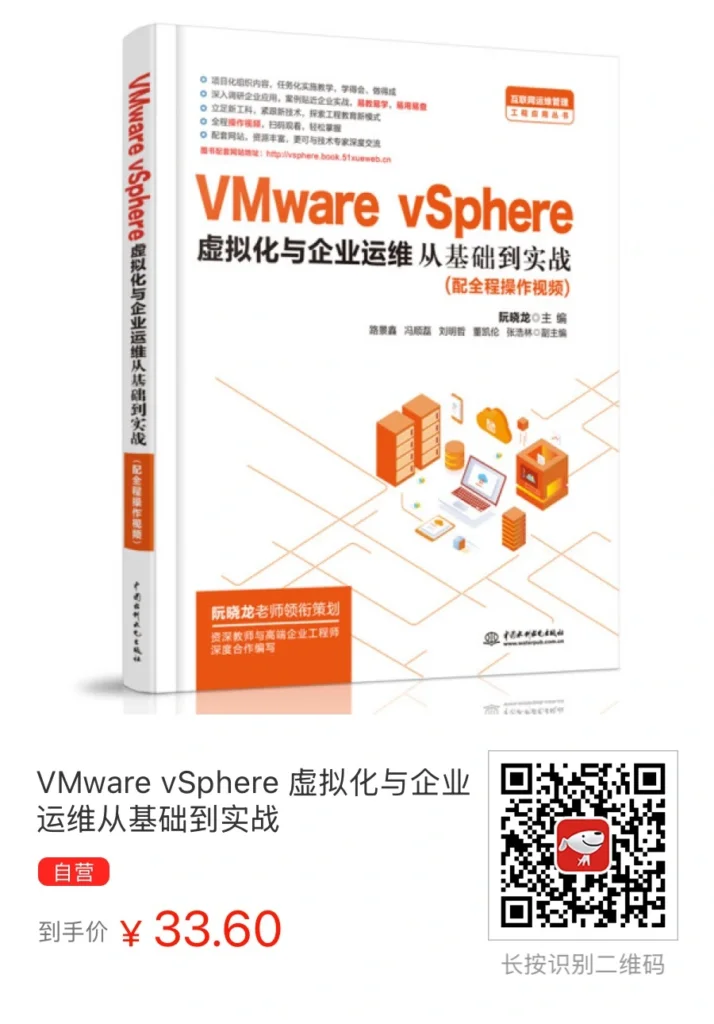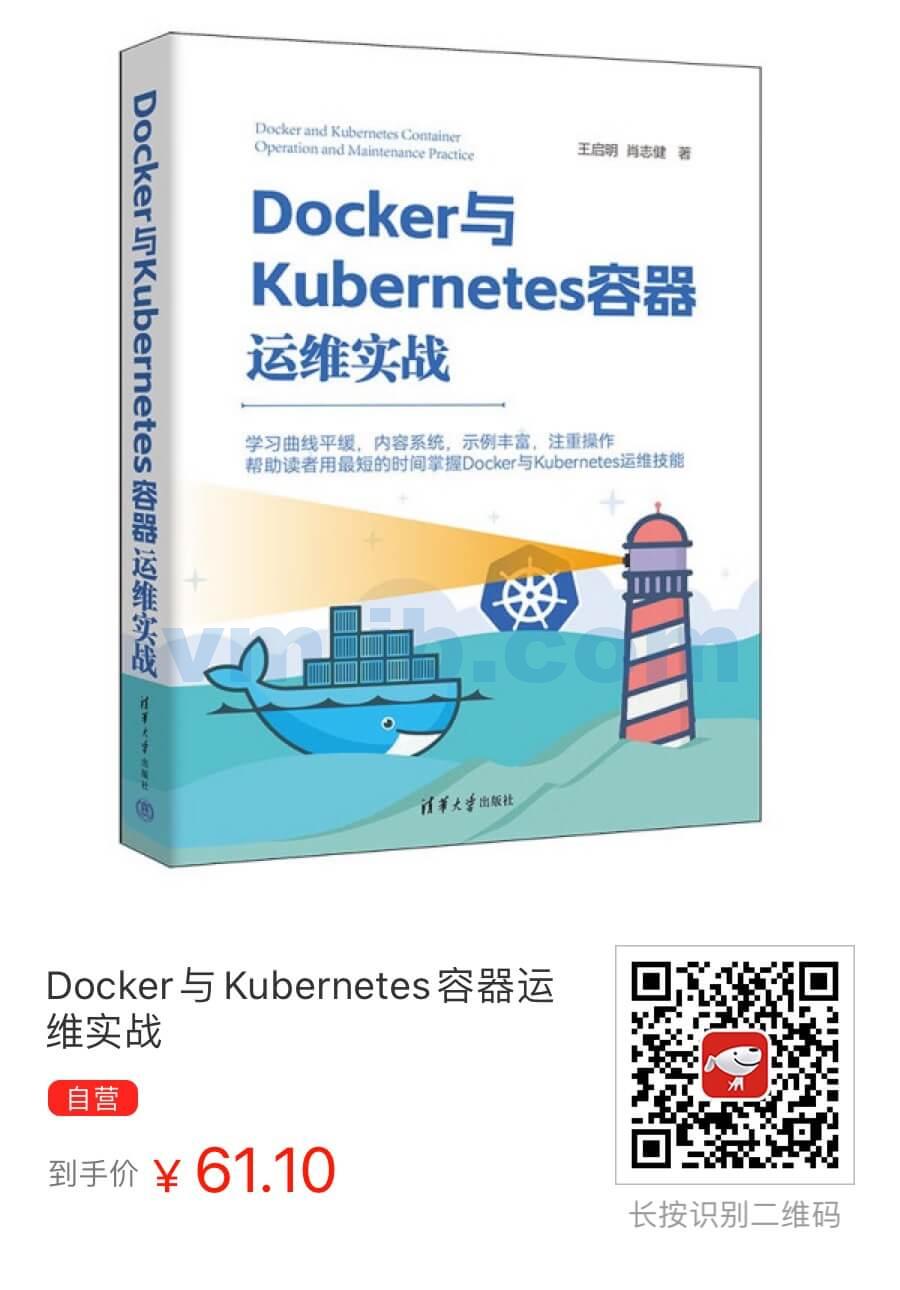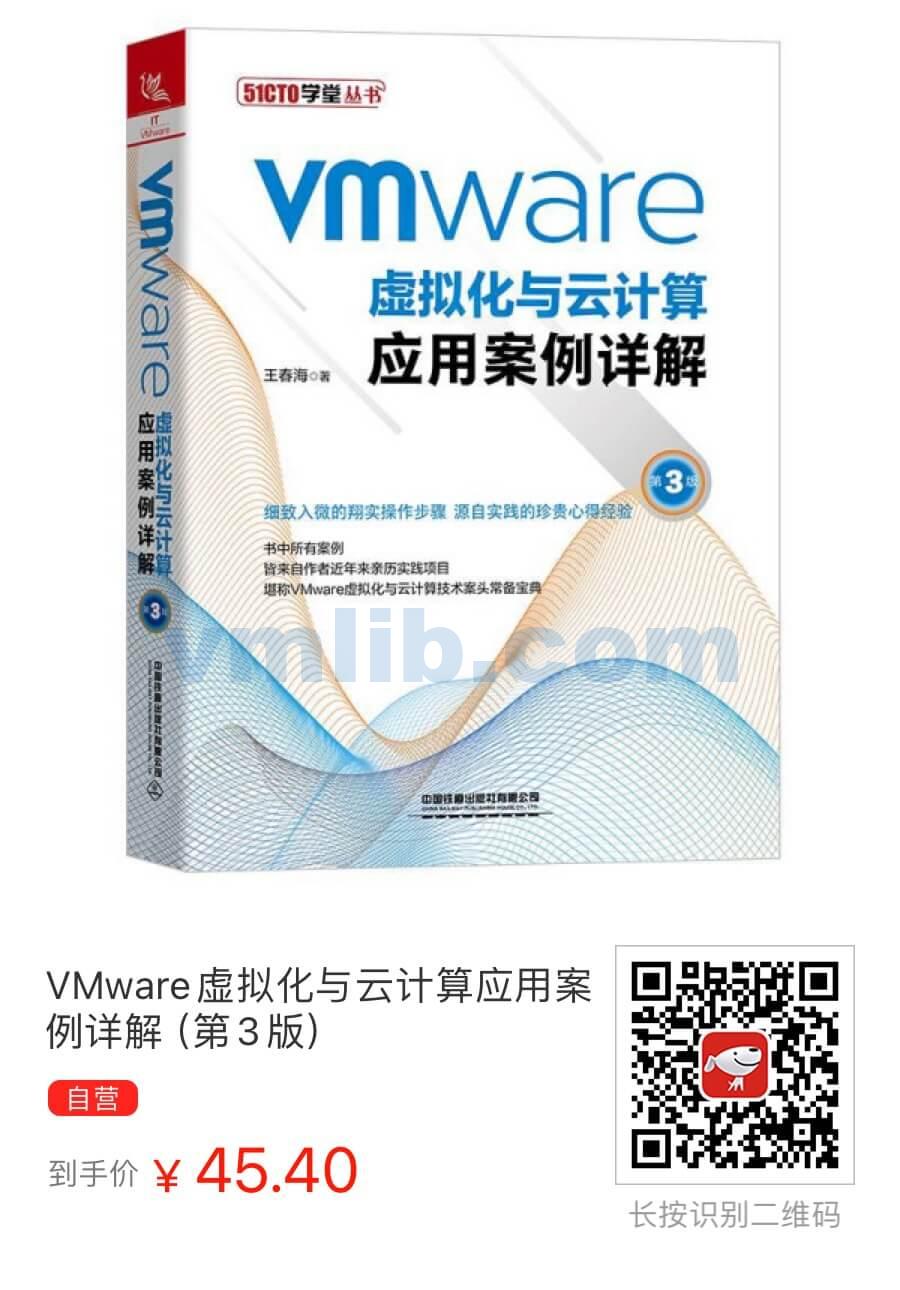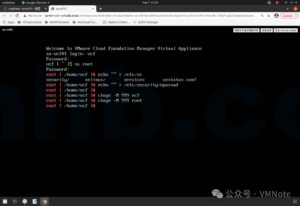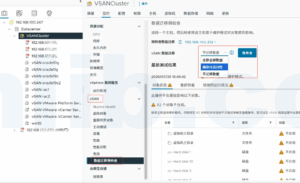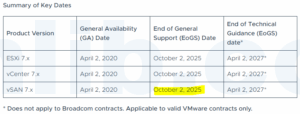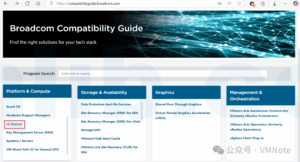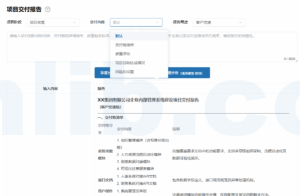To study for VMware HCI Master Specialist Exam | vSAN认证考试题目学习
99. Due to the success of the recently deployed developer-only private cloud solution, a company has a new requirement to increase the cache size and overall capacity of the solution to support an unexpected change in the workload profile and increase the overall performance of the solution.
The current vSAN cluster has the following configuration:
- 6 vSAN Nodes with 2 CPUs (20cores), 512 GB RAM
- 2 Disk Groups per vSAN node (2 x 400GB, 6 x 3.84TB)
- De-duplication and Compression is enabled.
- Encryption is enabled.
- vSAN Total Capacity is:~112TBRAID 6/FTT=2(80%utilized)
Following the administrator’s recommendations, the service owner agrees to purchase 12 x 800 GB SSDs and 36 x 3.84 TB SSDs to upgrade the vSAN but would like to ensure that during the upgrade the availability of the workloads are not affected.
Which three actions should the administrator take to meet this requirement?(Choose three.)
- A.Remove the old Disk Groups, and create a new Disk Group using all remaining cache and capacity devices.
- B.Migrate all existing workloads to the new Disk Group(s) .
- C.Put each vSAN node into maintenance mode using the Ensure Accessibility option.
- D.Remove the old Disk Groups, and claim the original capacity drives equally across the remaining Disk Groups.
- E.Create two new Disk Groups(each with 1x800GB, 3x 3.84 TB per node) in the vSAN Cluster using the new storage devices.
- F.Create one new Disk Group(with 1x800GB, 3x 3.84 TB per node) on the vSAN Cluster using the new storage devices.
Explaination:
To meet the requirement of increasing the cache size and overall capacity of the vSAN solution without affecting the availability of workloads, the administrator needs to carefully plan the upgrade process. The three actions that should be taken to meet this requirement are:
C. Put each vSAN node into maintenance mode using the Ensure Accessibility option. This action ensures that data remains accessible even as individual nodes are serviced. The “Ensure Accessibility” option allows the cluster to maintain access to data even if one or more hosts are in maintenance mode, by ensuring that at least one copy of the data remains available in the cluster. This step is crucial to avoid any downtime or loss of data availability during the upgrade process.
E. Create two new Disk Groups (each with 1x800GB, 3x 3.84 TB per node) in the vSAN Cluster using the new storage devices. This approach increases both the cache tier and the capacity tier of the vSAN, leveraging the newly purchased SSDs. By adding new disk groups, the administrator can expand the cluster’s storage capacity and improve performance without disrupting existing workloads. Creating two disk groups per node with the new devices balances the performance and capacity enhancements across the cluster.
F. Create one new Disk Group (with 1x800GB, 3x 3.84 TB per node) on the vSAN Cluster using the new storage devices. This option is also viable and involves a more conservative approach by adding fewer new disk groups than option E. It still increases the cluster’s storage capacity and cache size but does so with a smaller change to the existing configuration. This could be considered if there are concerns about managing too many new disk groups or if there’s a desire to phase in the new storage more gradually.
Options A and B involve removing old disk groups and migrating workloads, which could potentially disrupt access to data and negatively impact workload availability, contrary to the requirement. Option D suggests redistributing the original capacity drives without adding the new drives to the mix, which doesn’t align with the goal of utilizing the newly purchased SSDs to expand the cluster’s capacity and improve performance.
Therefore, the recommended actions are C, E, and F, with the choice between E and F depending on the desired balance between significantly increasing capacity/performance and the scale of changes to the cluster configuration.
为了满足增加vSAN解决方案的缓存大小和整体容量而不影响工作负载可用性的要求,管理员需要仔细规划升级过程。满足此要求应采取的三项措施是:
C. 使用“确保可访问性”选项将每个vSAN节点置于维护模式。此操作确保数据在单个节点维护时仍然可访问。“确保可访问性”选项允许集群即使一个或多个主机处于维护模式时也能维持对数据的访问,通过确保集群中至少有一份数据副本可用。这一步骤对于在升级过程中避免任何停机或数据可用性损失至关重要。
E. 使用新的存储设备在vSAN集群中创建两个新的磁盘组(每个节点1x800GB, 3x 3.84TB)。这种方法既增加了vSAN的缓存层也增加了容量层,利用了新购买的SSD。通过添加新的磁盘组,管理员可以扩展集群的存储容量并提升性能而不干扰现有工作负载。每个节点用新设备创建两个磁盘组,在集群中平衡性能和容量提升。
F. 使用新的存储设备在vSAN集群上创建一个新的磁盘组(每个节点1x800GB, 3x 3.84TB)。这个选项也是可行的,并采用了一种更为保守的方法,通过添加比选项E少的新磁盘组。它仍然增加了集群的存储容量和缓存大小,但是对现有配置的更改较小。如果有关于管理太多新磁盘组的担忧,或者希望更渐进地引入新存储,则可以考虑这个选项。
选项A和B涉及移除旧的磁盘组和迁移工作负载,这可能会中断数据访问并负面影响工作负载的可用性,这与要求相反。选项D建议在不添加新驱动器的情况下重新分配原始容量驱动器,这与利用新购买的SSD扩展集群容量和提升性能的目标不符。
因此,推荐的操作是C、E和F,具体选择E还是F取决于在大幅增加容量/性能和对集群配置更改规模之间所期望的平衡。






 VM技术助理
VM技术助理

